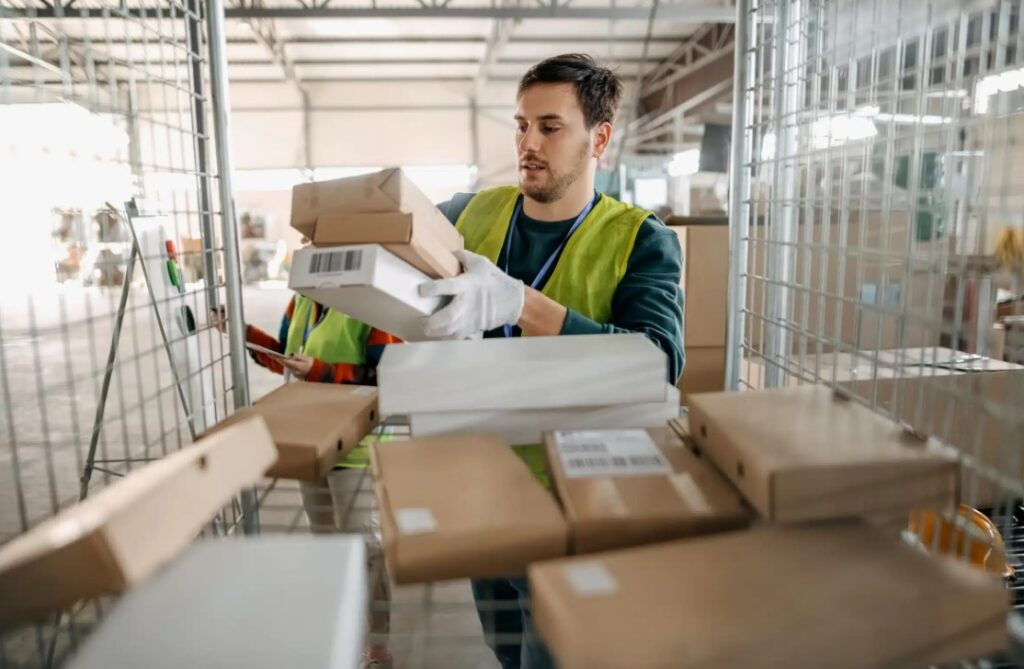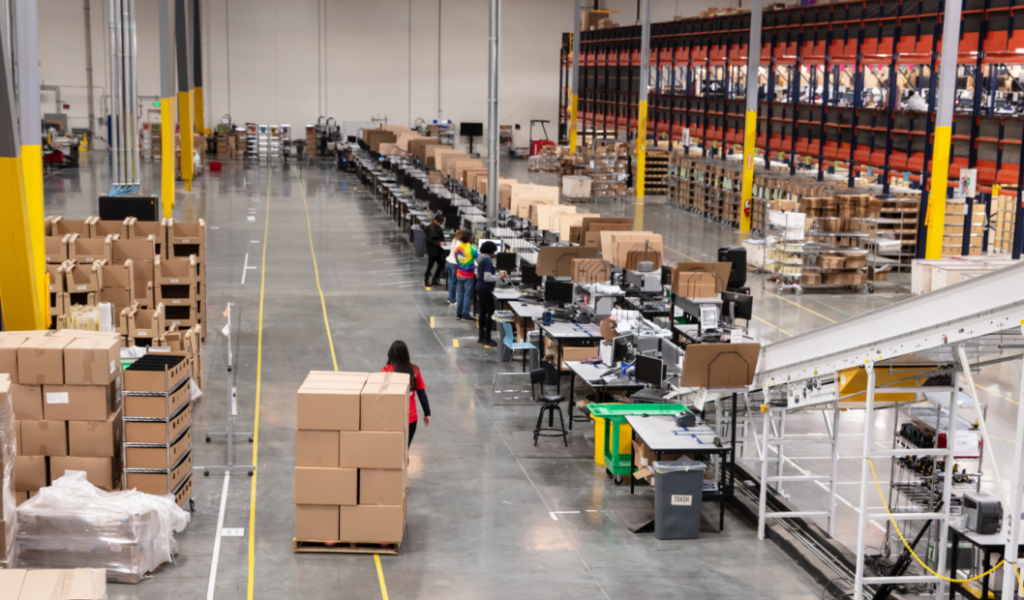
Efficient shipping strategies are an operational necessity and also a competitive advantage. Companies looking to reduce shipping costs while improving delivery times must consider innovative approaches that balance customer satisfaction with economic feasibility.
While there are many ways to achieve these goals, here are some of the top tips to make shipping better for your business and your customers.
1. Optimize Packaging Solutions
The journey to reducing shipping costs begins with reevaluating your packaging. It’s not just about choosing smaller boxes but selecting the right packaging for each product. Efficient packaging reduces weight and volume, saving on shipping fees. Well-designed packaging also minimizes the risk of damage during transit, thereby reducing the costs associated with returns and replacements.
Companies can invest in custom packaging solutions that fit their products perfectly, avoiding the one-size-fits-all trap that often leads to excessive use of packing materials and larger-than-necessary boxes. Remember, lighter and more compact packaging can lead to significant savings on both domestic and international shipments.

2. Consult a Shipping Consultant
The complexities of shipping logistics often require expert advice to navigate successfully. Engaging a shipping consultant can provide your business with tailored strategies that streamline operations and cut costs. These professionals offer valuable insights into carrier negotiations, service level adjustments, and logistic optimizations that you might not be aware of.
According to experts in the field, a consultant can also help you understand intricate shipping data, which can reveal hidden opportunities for efficiency improvements. For instance, they might analyze your shipping patterns and suggest consolidating shipments to the same destination or switching to a different carrier with lower rates but the same delivery efficacy.
3. Emphasize Fulfillment Price Reduction
There are many different factors that go into fulfillment price reduction, and each part plays a role in lowering your operational costs so that you can make more money on each delivery. This approach focuses on optimizing your entire fulfillment process, including everything from warehouse operations to last-mile delivery. Implementing technology that automates picking and packing processes can be a way to reduce labor costs and increase the accuracy of shipments.
Consider also renegotiating contracts with fulfillment providers regularly to ensure you are getting the best possible rates and services. Reducing fulfillment costs doesn’t just trim the fat from your expenses; it enhances your ability to serve customers faster and more reliably, thereby boosting customer satisfaction and retention.

4. Implement Multi-Carrier Shipping Software
One of the smartest moves a company can make to reduce shipping costs and enhance delivery performance is the adoption of multi-carrier shipping software. This technology enables businesses to compare shipping rates and delivery times across various carriers in real time, ensuring that you always choose the most cost-effective and timely shipping option for each order.
By automating the selection process, companies not only save on shipping costs but also significantly reduce the time spent on manual comparisons and assessments. This flexibility helps many businesses to adapt quickly to any shipping disruptions or changes in carrier pricing, maintaining efficiency and customer satisfaction.
5. Streamline Returns Management
A streamlined returns process is vital for reducing the additional costs associated with reverse logistics. Efficiently managing returns begins with a clear policy that minimizes unnecessary returns and ensures that the returning goods are processed quickly and cost-effectively. Implementing a robust returns management system can help automate and simplify the process, reducing the time and labor involved.
Plus, by analyzing return patterns, businesses can identify the root causes of returns and address them at the source, potentially reducing future occurrences. Providing customers with easy-to-follow returns instructions and prepaid return labels are other ways to enhance the customer experience, fostering loyalty and repeat business, all while keeping costs in check.

6. Enhance Supplier and Carrier Relationships
Last but not least, fostering strong relationships with suppliers and carriers can lead to better shipping terms and lower costs. Regular communication and collaboration with these partners can open up opportunities for bulk shipping discounts, better rates, and more favorable terms.
By understanding your carriers’ capabilities and logistical needs, you can plan shipments more effectively, reducing delays and avoiding costly last-minute shipments. Establishing good relationships also means you might receive better support during peak times or when issues arise, ensuring that your deliveries continue to run smoothly.
Businesses that are ready to reduce shipping costs and improve delivery times must look beyond mere cost-cutting exercises. By optimizing packaging, consulting with shipping experts, and focusing on fulfillment efficiencies, companies can lower their expenses and also enhance their service quality and customer satisfaction. Each of these strategies plays a crucial role in developing a resilient, efficient, and cost-effective shipping operation.








